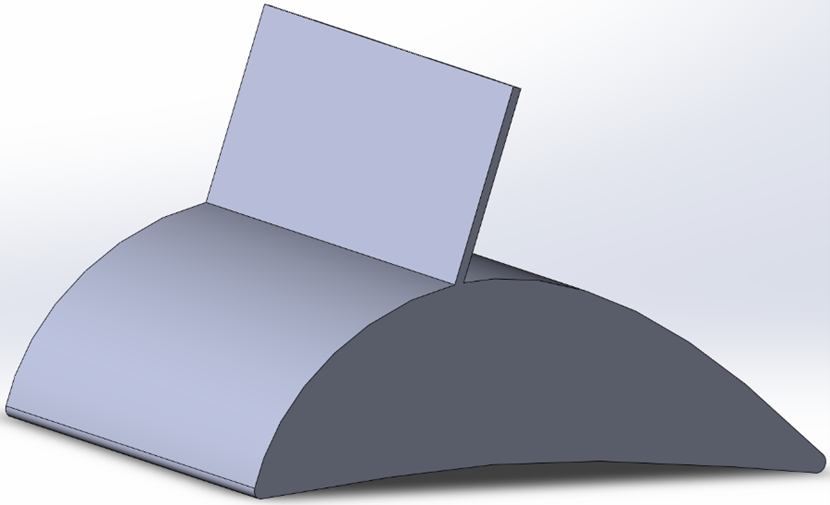
This paper is devoted to a review of computational and experimental work on modeling the aerodynamics of high-speed Hyperloop train various configurations, which is a pod moving in a tunnel, which provides the possibility of rarefaction of the environment. Under such conditions, a significant increase in train speed is expected, which can exceed 1200 km/h. The review compactly presents information about the most typical conditions for the poten-tial operation of Hyperloop, such as the developed speed, tube pressure and temperature, and the blocking ratio. The main gas-dynamic features of the Hyperloop high-speed movement in a rarefied gas tunnel are listed. They have a significant aerothermodynamic characteristics and overall transport system efficiency effect.
Hyperloop pod, aerodynamics optimization, choked flow, axial compressor, Kantrowitz limit, drag coefficient

Настоящая работа посвящена обзору расчетно-теоретических и экспериментальных работ по моделированию аэродинамики различных конфигураций высокоскоростного поезда Hyperloop, представляющего собой вагон-капсулу, перемещающуюся в трубе-тоннеле, в которой обеспечено значительное разрежение среды. В таких условиях ожидается существенное увеличение скорости поезда, которая может превышать 1200 км/ч. В обзоре компактно изложена информация о наиболее характерных условиях потенциальной эксплуатации Hyperloop, таких как развиваемая скорость, давление и температура в трубе, соотношение поперечных сечений капсулы и трубы. Перечислены основные газодинамические особенности скоростного движения вагона Hyperloop в тоннеле с разреженным газом, которые оказывают определяющее влияние на аэротермодинамические характеристики и общую эффективность данной транспортной системы.
капсула Hyperloop, аэродинамическая оптимизация, поток с местным сопротивлением, осевой компрессор, предел по Кантровицу, коэффициент аэродинамического сопротивления